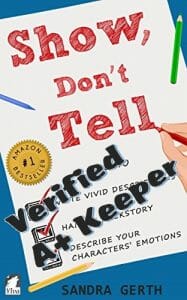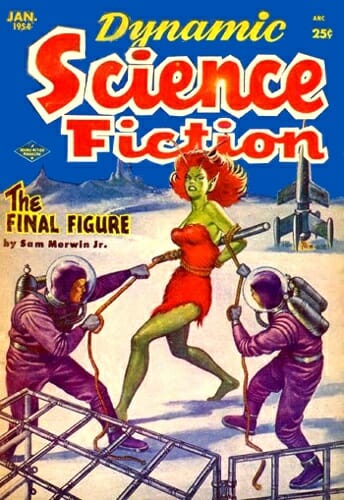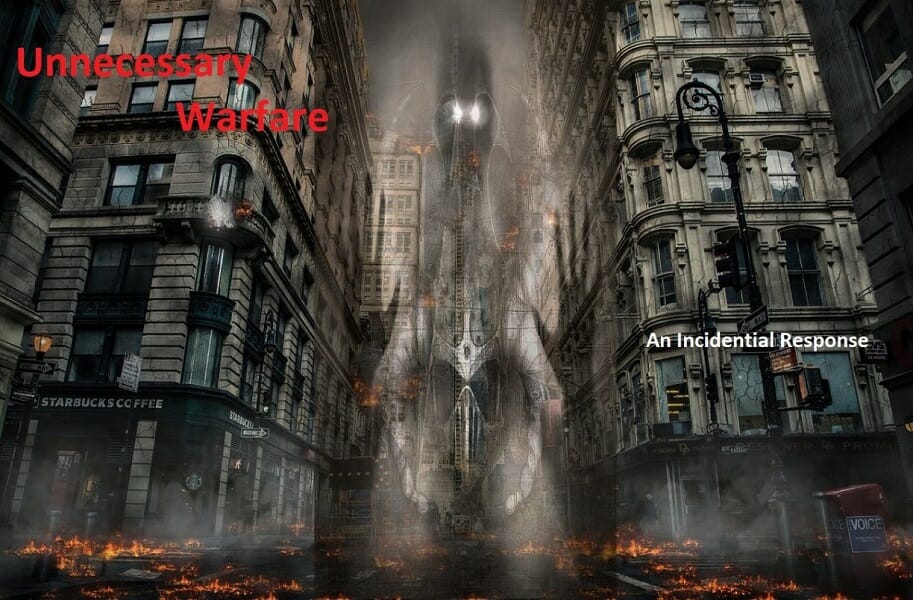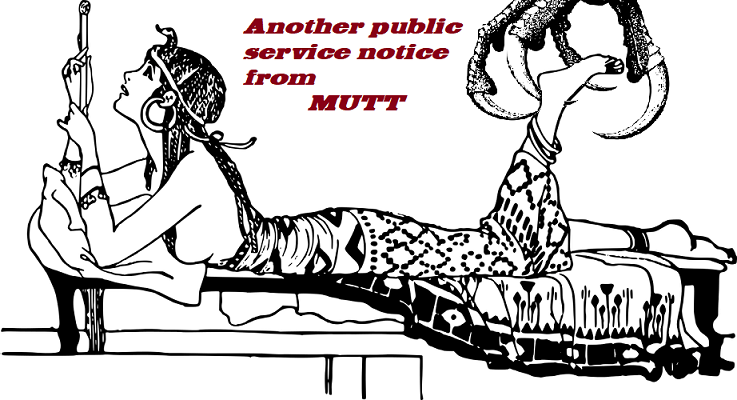Write Vivid Descriptions, Tips For Science Fiction Authors – Fantasy Writers
 Writing Vivid Descriptions Critical For Success As A Science Fiction Author
Writing Vivid Descriptions Critical For Success As A Science Fiction Author
When science fiction authors write vivid descriptions, the norm can become extraordinary. Words and phrases perceived as metaphorical may shift into the realm of literal application. What your readers interpret as symbolism can reference a tangible event. Phrases routinely thought of as “figures of speech” may be statements of fact.
For example, writers often use the eyes as a window into emotion. As such, the author writes, “A shadow moved in the depths of Terry’s eyes.” The reader takes this as a reflection of Terry’s emotions, perhaps disgust of suspicion. When a science fiction author uses the exact same phrase, the reader may visualize an evil entity alive within Terry’s eyes and body.
In science fiction and fantasy writing, the principles of “Show, Don’t Tell” sometimes take on new concepts and must be applied with discretion. The art of crafting vivid descriptions can be learned. But in the fantasy and science fiction environment, everyday words, expressions, dialog and action sequences may involve literal events. For success as a science fiction author, you must learn the rules for efficient and effective descriptive writing without permitting them to clutter a world wherein metaphors and symbolism can become simple statements of fact, a world wherein “His world fell apart” can literally mean a disassembling of his physical environment.
 A Verified A+ Review on How To Write Vivid Descriptions, From the Sandra Gerth “Show, Don’t Tell” Writer Guide Series
A Verified A+ Review on How To Write Vivid Descriptions, From the Sandra Gerth “Show, Don’t Tell” Writer Guide Series
Although I cannot offer specific tips on how to write vivid science fiction descriptions that fit into your story-line, I can suggest a book that clearly and effectively defines the general concepts of “Show, Don’t Tell.” This book, like “The Elements of Style, Fourth Edition 4th Edition,” should become a centerpiece in your science fiction author’s writing arsenal.
I give “Show, Don’t Tell: How to write vivid descriptions, handle backstory, and describe your characters’ emotions (Writers’ Guide Series Book 3) Kindle Edition” by author Sandra Gerth my top Verified A+ Review rating. This lady practices what she writes. In the following, I offer a brief paraphrase of one of the book’s core themes.
Feel the read. Share How To Write Vivid Descriptions, a verified A+ review of Show, Don’t Tell
In the book, Sandra Gerth provides nine flags that define a work that tells instead of shows. Wherein she provides examples and in-depth discussion, I give you the beans of her text. If you want the greens and the meat, download the book. You will not be disappointed.
9 Flags That You Are Telling Instead of Showing
1) Verified A+ Review, Conclusions: Stating observations and conclusions is telling. Showing reveals through action, expressions and dialogue.
2) Verified A+ Review, Abstract Language: Delivering vague statements, a generalization of activities and figurative characterizations is telling. Presenting a mental image through concrete word choice, actions and behaviors are showing.
3) Verified A+ Review, Summarizing: In the days of Dragnet, officer Joe Friday opened the investigation with these words, “Nothing but the facts, please. Nothing but the facts.” Sounds good. Works well for an opening line in a TV series. But writing a police report is nothing like writing vivid descriptions in a story. Summarizing the story is telling through details that avoid the senses of the characters and the reader. On the other hand, showing reveals moments via the accumulation of details, events and activities.
4) Verified A+ Review, Backstory: When sharing events that happened and finished in the past, writers use the past perfect word tense. This is telling instead of showing, and always includes the word “had.” Showing keeps the focus on the present, even when writing about the past. Instead of summarizing real time. Instead of summarizing a recent event, shift the writing into the “simple” past tense. For better understanding, read “Definition of the simple past tense.”
5) Verified A+ Review, Adverbs: Using adverbs as cover for weak verbs is telling. Using strong, aggressive verbs that stand alone is showing.
6) Verified A+ Review, Adjectives: Abstract modifiers such as beautiful, frightened, alarmed and so forth tend to state an observation. Stating observations is telling. Revealing story details through actions and reactions are showing. Rather than writing, “Terry is beautiful,” try revealing beauty through action.
7) Verified A+ Review, Linking Verbs: Linking a subject to an adjective or a noun via static, ineffectual verbs such as appeared, seemed, was and so on is telling. Showing is the use of active verbs that reveal action, reaction and consequence. Instead of “Susan appeared frightened,” try “Susan jerked left while raising an arm to shield her face.”
8) Verified A+ Review, Emotion Thru Words: Naming emotions is just plain poor writing. The goes beyond the core words such as love, hate, anger, fear and so forth. It also includes implied emotions in the likes of amazement, confused, surprised. Showing reveals emotion via body language, reactions, thoughts, and the words spoken by the characters.
9) Verified A+ Review, Filters: Telling through filters involves using descriptive words that are assigned to a character’s feelings or thoughts as related to the perceived environment. The text should not be, “he, watched; wondered; noticed; sensed, or realized. Instead, replace the filter with an active verb. Showing cuts out the middle words. Rather than “Jim sensed Betty’s anger,” try something like “Betty smacked her palm down against the countertop.”
Tips That Help Science Fiction Writers Uncover Errors Associated With Writing Vivid Descriptions
Tracking Adverbs: To track adverbs within your text, activate the word processor’s “search” feature. Look for all words ending in “ly.” Examine as correct as necessary.
Learning More About Filter words: Use an Internet search engine. Pull a list of common filter words. Use your word processing search engine to seek out and eliminate such obstructions to writing vivid descriptions. For a quick list of filter words, check out this posting on PupCrawl.
Ripping Out The Emotions: To get a great list of “emotion” nouns, adjectives, and adverbs that should be avoided or reworked, check out Your Emotional Vocabulary List. Although I am not certain that the author recognizes the error in the usage of these words.
Identify The Linking Verbs: Get help from the Your Dictionary website, and then use the word processor to rip out the offenders.
In Closing of How To Improve In Writing Vivid Descriptions
To say it again. I give “Show, Don’t Tell: How to write vivid descriptions, handle backstory, and describe your characters’ emotions (Writers’ Guide Series Book 3) Kindle Edition” by author Sandra Gerth my top Verified A+ Review rating. This lady practices what she writes. In the following, I offer a brief paraphrase of one of the book’s core themes.
Get the book.
Feel the read. Share How To Write Vivid Descriptions, a verified A+ review of Show, Don’t Tell











